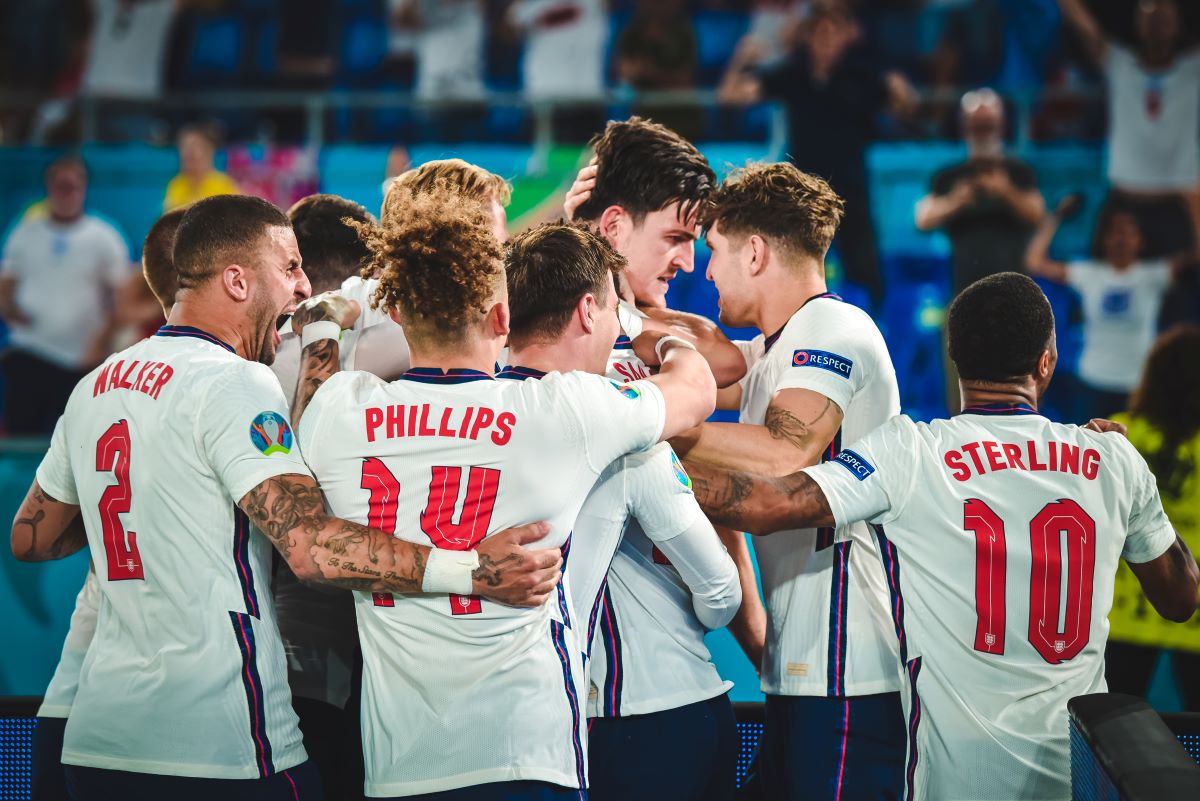
The Government’s move last week to create an Independent Football Regulator (IFR) was ostensibly to align football governance with core values of fairness, sustainability, and community.
But wrapped in the rhetoric of preserving integrity, two motives were clear: safeguarding against the formation of a breakaway league and keeping club ownership structures in check.
The European Super League’s (ESL) abrupt emergence and subsequent collapse a few years ago underscored the fragile balance that exists between clubs and their owners, governing bodies, and the wider football community. In the wake of the turmoil, calls for a new regulatory framework have grown louder.
The introduction of the IFR reflects wider anxieties which have long simmered beneath the surface of the modern game but were laid bare by the ESL.
The not-so-super league
While now retold ad nauseum, the ESL debacle stands as a cautionary tale about the pitfalls of inadequate communication.
As a whistle-stop recap, in the late hours of a Sunday night in April 2021, a cadre of Europe’s football elite quietly unveiled plans for a new breakaway league. The move sparked immediate uproar, with the sport quickly embroiled in chaos.
While there are many obvious bones to pick with the ESL’s strategy, not least its media approach, its downfall can be largely attributed to a glaring oversight in engaging with the very lifeblood of the sport: its fans, players, and managers.
While football has many issues, it’s easy to draw a direct link between last week’s formation of the IFR and the spectacular ESL failure.
Fast forward to now
The legacy of the ESL and the introduction of the IFR exposes the dichotomy that lies at the heart of modern football. Governments and fans alike struggle to reconcile the notion of authenticity and community with the commercialisation that now pervades the sport.
The spectre of financial instability that gave rise to the ESL still casts a shadow over football. There remain significant disparities in wealth and resources which risk undermining the competitive balance that is fundamental to the sport’s allure.
Meanwhile, the prospect of revolutionary wealth from often unknown owners offers an appealing opportunity that, in truth, few clubs or fans would readily refuse.
Shifting sands of club ownership
Ownership in football is an ever-changing landscape.
In recent times, sophisticated financial entities such as investment funds and family offices have played an increasing role in the ownership structures of European club football.
The complexity of this landscape is amplified by the recent surge in the number of teams that have cross-investment relationships – i.e. they have the same owners – with one or more other clubs. According to UEFA’s annual analysis, this includes 105 top-division clubs, accounting for 13% of all UEFA clubs.
Terms such as “experiment” are readily used to describe different approaches to ownership, underscoring the prevailing uncertainty in this evolving landscape.
To speak or not to speak
Significant onus rests with clubs and their owners.
Proactivity is essential. As is an awareness that their decisions have far-reaching implications, not just for their own clubs, but for the entire football ecosystem. This could mean championing community projects, promoting local buy-in, or investing in the development of other teams associated with the club beyond just the men’s first team.
Any strategy must consider the human aspect of football. Clubs are more than mere businesses; they are community institutions that people care deeply about. Therefore, owners must contemplate the repercussions of their decisions on fans, players, and staff.
The degree of visibility that owners choose to maintain while doing this presents an intriguing dilemma. If they’re too visible, they risk becoming scapegoats for subpar performance, both on and off the field. Conversely, if they’re too absent, they expose themselves to allegations of indifference.
Reason for optimism
As with owners, the IFR’s approach to these issues must be both strategic and empathetic, recognising the delicate interdependencies that sustain the football community.
For instance, the ESL fallout amplified calls for fans to have a more significant say in how clubs are run. Although not as comprehensive as Germany’s fan-centric 50+1 rule, the introduction of fan advisory boards is a move towards a more inclusive football culture that many will embrace.
It also, importantly, seeks to dissipate some of the power held by those at the top of the sport. This power redistribution is crucial in an era where the commercialisation of football has often sidelined others.
A delicate dance
The ESL saga, though short-lived, has laid bare the stark financial inequities that plague the sport, with a select few clubs, and their owners, wielding disproportionate power and resources.
The task before the IFR is not merely regulatory but diplomatic. It involves orchestrating a delicate balance between safeguarding the sport’s integrity and accommodating the ambitions that fuel its global appeal.
Any suggestions that the regulation is intended solely to align football governance with the principles of equity, sustainability, and community engagement are disingenuous.
The ESL was born from financial pressures and disparities within the sport. This challenge is now at the forefront of the IFR’s agenda as it seeks to balance the allure of investment while maintaining the competitive and community-focused integrity of the game.
Transparent, clear, and consistent messaging will be crucial for the IFR to distinguish itself and affirm its remit amidst the scepticism. Ultimately, this will determine whether the IFR can truly resonate with the football community and provide the clarity that fans and stakeholders are seeking in this new era of football governance.
Read more Insights & News
